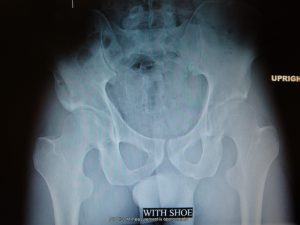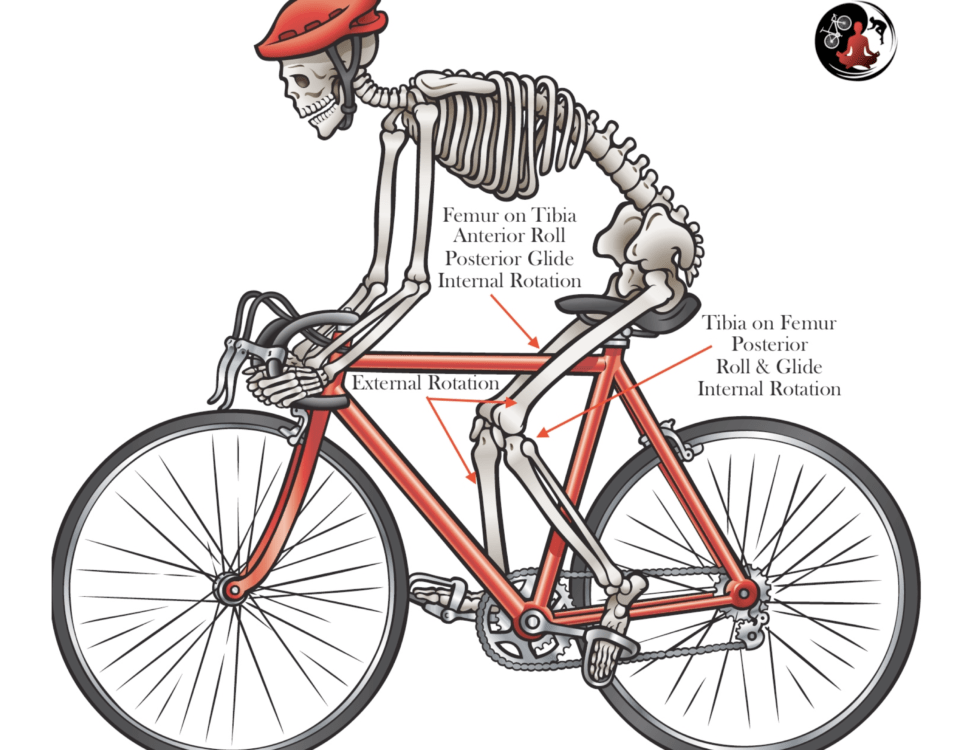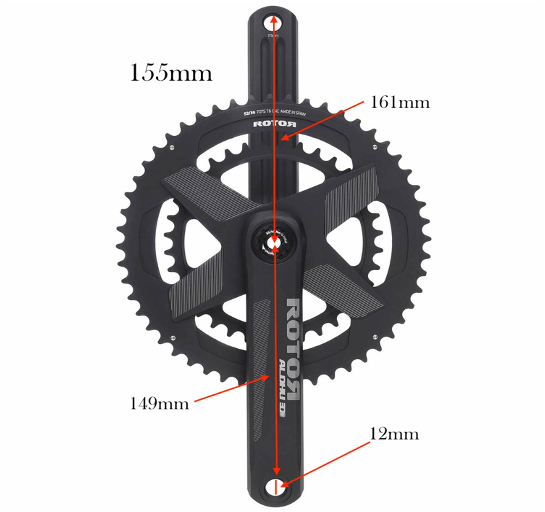Leg Length Discrepancy and Bike Fit


Here is the scoop on leg-length discrepancy:
The only accurate way to determine actual bone-length LLD is midline-measurment on x-ray film. A true leg-length discrepancy not not always equal functional leg length when cycling. Infrequently the longer leg requires shimming due to variabiility in ankling patterns and/or lumbo pelvic asymmetry.
Arch height also impacts effective leg length cycling. Most folks measure different L/R navicular height standing. Higher/ hard arch = longer leg; Lower/softer arch = shorter leg.
Injuries to the ankle, knee and foot can make a leg appear short (increased heel drop due to laxity) or long (reduced range of motion).
Scoliosis alters effective leg-length. Right translated spine = short left leg; left translated spine = short right leg. Rule-out actual LLD causing spine translation (longer left leg forcing left hip, up, and spine, right, etc.). Right rotated spine = long right leg; left rotated spine = long left leg (unless caused by femoral LLD or countered by opposing rotation).
Arm and clavical injuries impact leg effective leg length when reduced reach raises the opposing hip.
There are a variety of other variables that can contribute to apparent leg length differences, including neurological, breathing patterns, digestive issues, reactive materails, etc.
Not all LLD’s require correction. Most can be corrected through on-bike sensorimotor conditioning exercises.
Combined actual and apparent leg length differences: tibial LLD is altered by vertical correction; femoral LLD requires horozontal correction with greater emphasis on 3pm and 9pm and less at 12pm and 6pm.
Symptoms that suggest a visit to your local fit-guy include: unilateral back pain, unilateral knee pain, strong weight imbalance between arms; unilateral saddle positioning (sitting off to one side (barring saddle sore)), riding in a “wind-swept” position (one knee close to the top-tube, the other far from the top-tube), etc.
Peace



